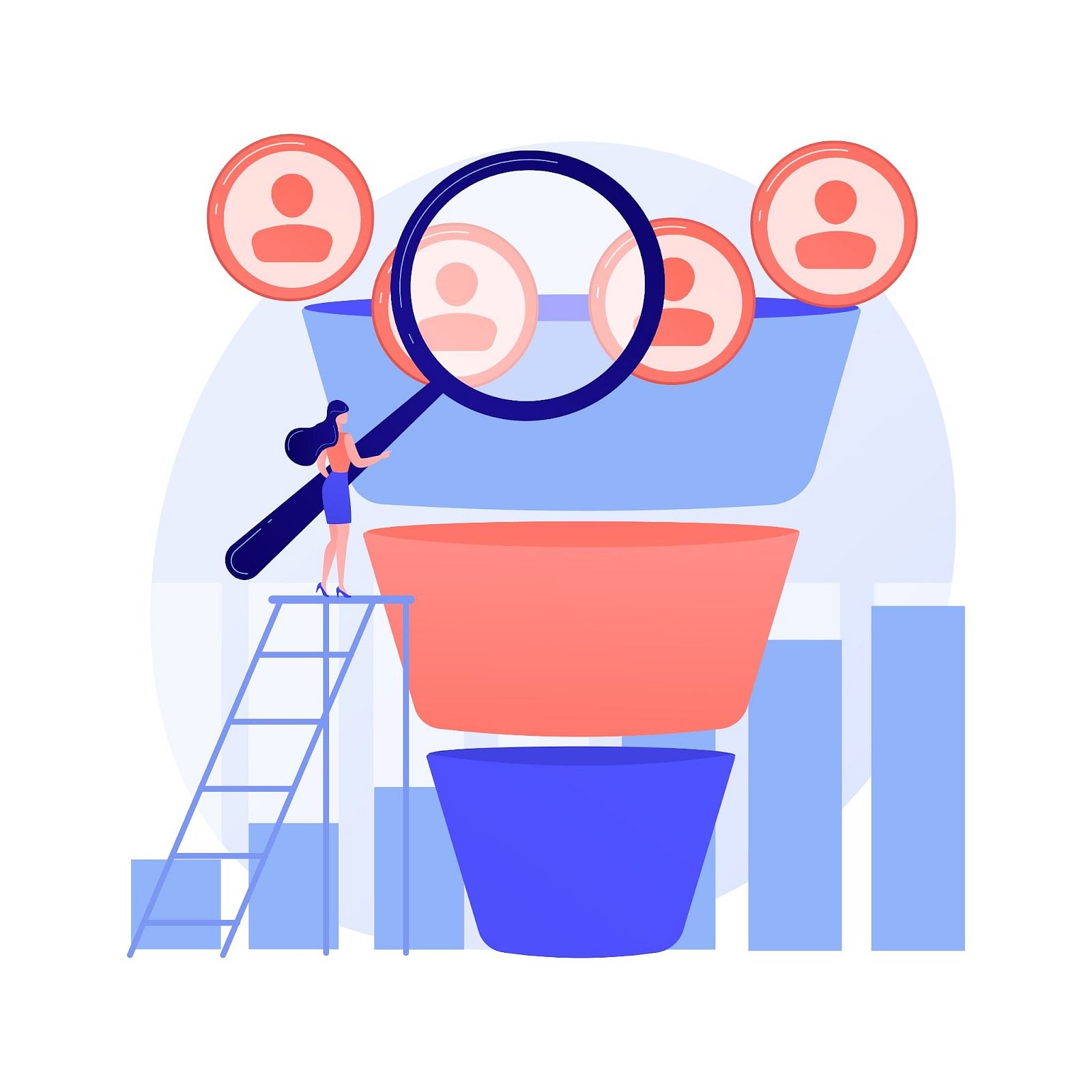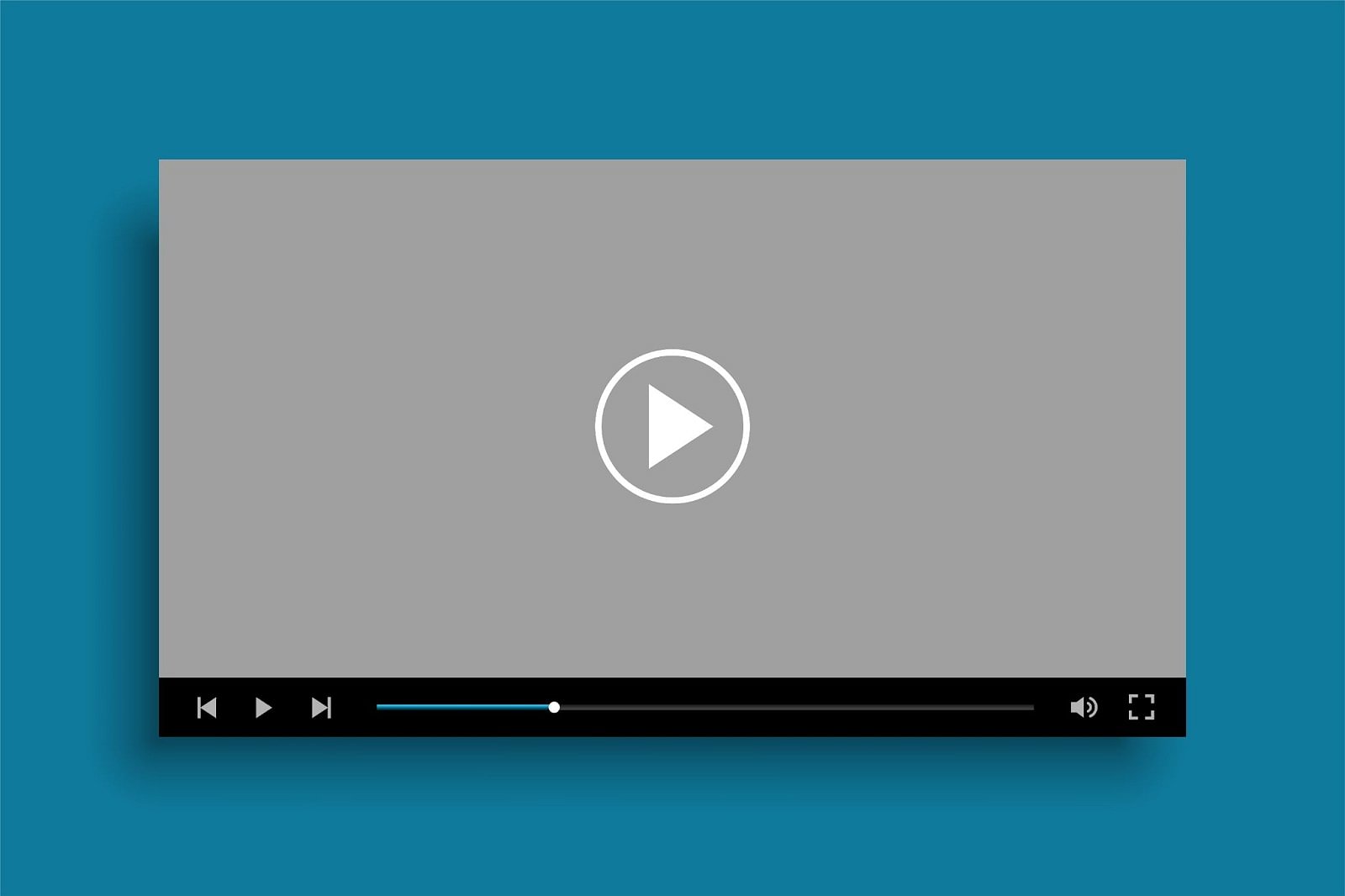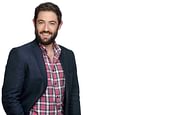
How do you get noticed and get sales as a professional coach? Try this Aussie hermit’s 3-step methodology
By Jim James, Founder EASTWEST PR and Host of The UnNoticed Entrepreneur.
In the recent episode of The UnNoticed Entrepreneur, Luke Charlton talked about how he’s helping business owners to drive leads from social media to their pages. He’s got a 100% success rate for his clients using a three-step methodology.
Many entrepreneurs got services to offer and businesses with products. But the challenge is getting people from the outside — the internet and the great metaverse — into the door and the funnel. During the episode, he talked about what he does and how he helps entrepreneurs not only get noticed but also get sales.

Image from LinkedIn
Answering Clients’ Desire for Simplicity
Luke uses advertising to help his clients get high-paying clients. He’s not the complex funnel or complex technology kind of guy (though he grew up around computers so it’s second nature to him to do complex things).
When it comes to getting clients, he knows that his clients just want simplicity. They want to book some appointments. They don't want to write a whole book and create upsells and downsells and all these different products just to get a high-paying client.
They’re only looking for the simplest way to get clients, and that’s what Luke teaches them, and that’s what he does for his agency as well.
His business has two parts. There’s the Done For You agency and then the coaching part, where he coaches people through his systems. In the agency, he and his team can control results and achieve 100% success for their service professionals. That means every coach that he has run ads for and built a system for was able to create profitable advertising campaigns.
A Three-Step Methodology
When it comes to systems, Luke is all about simplicity.
He understands that people have grown tired of investing in all these group programs and not getting results. These programs have been big over the last few years, and the pendulum is now swinging back a bit.
He himself has group coaching, but he’s already shutting it down to focus on Done For You because it’s just the easiest way for them to control the results and get appointments for coaches and service professionals.
His agency, they have a system where they pitch the coach or the expert’s program in the advertisement. Then, it goes to a little five-minute video explaining the offer in full; then, appointment booking.

Image from Freepik
Sometimes, they do a free guide as a lead magnet. They advertise a free guide to generate leads. On the very next page of the guide, they have a five-minute video, which directs leads into the calendar for booking. Though this technique incorporates a lead magnet, it still follows the same simple system: Ad, five-minute video, appointment.
The tech for this methodology is also rather simple. Three systems are all you need.
Luke recommends ClickFunnels. It’s a bit more expensive, but for the clients they’re working with (clients who are not usually great at tech), they found ClickFunnels to be the simplest landing page builder to use. For the five-minute video, you can just upload videos to platforms like Vimeo.
He also recommends using an email system such as ActiveCampaign. Then, a calendar system.
The landing page builder costs around $100 a month; $20 a month for the email system, and $10 a month for the calendar system. So you might be spending $150 a month on tech to generate appointments. If you’re running a business, it’s already efficient compared to what you would have to pay a couple of decades ago (e.g., getting people to code things for you and the like).
The tech side of things is simple, and it’s that way for a reason. After all, clients just want qualified appointments. So Luke uses the simplest system to do that.
Making the System Work
Now, what makes that whole thing convert? This is where many entrepreneurs, coaches, and experts’ campaigns fall apart. Usually, they advertise a lead magnet, yet people don't opt in or book an appointment. Or they get the wrong leads onto their list.

Image from Unsplash
One client came to Luke and recently signed up for a Done for You service. The guy is selling a kind of mindset.
The problem with most coaches and experts is they’re so deep in their program and topic. They know the value of their service, system, and methodology. And they lead with that in their marketing. That was what his client was doing: He advertises his business by saying he’ll help clients with mindset, procrastination, and being more consistent.
After that client signed up, Luke said that what he was saying actually didn’t mean anything to anyone. He offers help with mindset, but no one wants that. It’s not appealing.
What Luke recommended is taking the client’s offering — his mindset methodology — and putting it in the context of an actual problem that people want to solve.
And so Luke asked what’s the biggest problem they could solve with the client’s service (The bigger the problem, the more they can charge). They settled with sales problem.
They figured that the client’s offering could help salespeople. And, in fact, the client actually wanted to focus on coaches who have issues with their sales. A big problem is that coaches are incongruent with their values. A lot of them are new, and they feel weird charging $2,000 to $3,000 for their service. Even though they know what they have is really valuable, they're just not at that level yet where they feel comfortable. They think that they haven’t done enough.
That’s a big problem. But the real problem that Luke is trying to solve is the low closing rate. The client is not closing at a high level, so they're losing income and clients. He took that into account when positioning the guy’s offer. It’s why their headline for the ad was something along the lines of “Never hear ‘I need to think about it again.’”
The ad also explained how coaches hear that statement a lot because they're incongruent. The guy’s program aims to help coaches become more congruent with their values.
After that, they started closing at a higher rate. After the program was put in the context of a problem in the market, the client started getting people applying for it.

Image from Pexels
The lesson here is not about your offer or methodology. It always comes back to the market. What's the problem that you are solving in the first instance? What is your offer to solve that problem? It always starts with the problem, and this is what experts and entrepreneurs often forget.
It’s a matter of asking the question, “What’s your problem?,” and then giving a solution. That’s how you provide value. And, again, the bigger the problem, the more you can charge.
It's very hard for business owners to identify what that problem is — that service-level problem. And that comes back to them being so knowledgeable. It’s the curse of knowledge. But the real problem is that they're not congruent with themselves.
On the other hand, the big problem is that coaches are getting low sales. To address a losing sale, they often do one of two: Either lead with their mindset methodology or speak about the underlying problem. However, doing these won’t resonate with people. You have to lead with the problem on their mind: I'm not closing sales. I'm losing sales. Why do I keep getting this or that? I can't afford it. Now it's not the right time.
If you’re a coach, speak to your audience’s problem — the one going on in their minds and not the real underlying problem that we know they have. It may be very difficult, but that’s what you must use in your messaging.
Ad vs Email Copy
Speaking of the copy you’ll use to convey your message, note that advertising copy is not the same as email. Email is a sales medium, not marketing.

Image from Unsplash
Once they’re on your list, you’re done with the marketing; you’ve already attracted the right people to you. As for your sales, there could be different mechanisms for that. It could be by email, phone call, or both.
For Luke, email allows him to put a lot more personality. The tonality can be different. He can be more casual and use sentences like, “Hey, I'm the Aussie Hermit.”
When you’re meeting someone new, you’d be a bit reserved. And that’s how you want to approach your copy for cold advertising to people who don't know you. You don't want your personality to be over the top.
Advertising is more of a marketing, lead-generation play. Then once they’re on your list, you’ll still be talking about the same offer — your offer doesn't change. Talk about the result you’re promising. Speak to the main problem that you’re solving. For example, “I will help get you 10 clients” or “I will help you lose 30 pounds in 30 days.”
With advertising, you’re speaking to that market with that problem. You’re getting those people onto your list. You're still speaking to that problem on your email list because you want everything to be in alignment. You don’t all of a sudden change the message into something different. Keeping the messaging aligned makes things a lot easier for service professionals.
The Anatomy of an Effective 5-Minute Video
Luke’s video converts about 25%. For every 100 people who opt in for the video, he’ll get 25 appointments. And that is quite high from the industry standard.
In his framework for Done For You service, the beginning of the five-minute video addresses the demographic: “Hey coaches.” Then, he talks about the main result that he’s promising: “If you're watching this video, I'm going to promise to book you 20 appointments per month within 90 days, or I'll give you a complete refund, plus I'll cover your ad spend.”
Then, he goes into the three big results of the service. One, his agency will write all the copy for you. Then, they will launch it and tweak it until they get your appointments. The final one is they will work with you one-on-one to make sure that you're closing; they will also give you sales scripts.

Image from Freepik
After that, the video goes like this: “And the best part is you only need a budget of (cost).” After stating three key results, you must give them another benefit. In Luke’s case, the budget will only be $30 to $50 per day. The best of all is that when you don’t get those appointments within 90 days, he’ll give you a refund and cover your ad spend. He reminds them of a guarantee.
Then, he goes into his credibility. “Here's my proof. I've written copy for Bob Proctor. I've spent over $16 million on ads. I've worked with over a thousand coaches to help them get high-paying clients.”
He follows that up with this: “If that's all you need to know, click the button below and book a spot on my calendar.” Next, he segues into the “But if you want to know why it works so well” part. He discusses what makes his method faster, cheaper, and easier than everything else — what makes it unique. Then, he does one final call to action.
All of this takes about five minutes.
The Right Mindset
Luke has been an entrepreneur for over 10 years now. He went to London, but that didn’t work out. He’s come back to Australia to build a business, and a really successful one at that.
When talking to clients, he uses an analogy. Imagine you’re a mouse in a maze with cheese in the middle. You can smell the cheese — that cheese is just like your goal. It could be achieving $100,000 worth of sales a month.
When they smell the cheese, the mouse keeps going back and forth until they reach the middle. Sometimes, that’s all you have to do as an entrepreneur: Don’t give up. The moment that you give up, that's when your dream ends.
But if you keep moving forward, testing, and tweaking, you will get to where you want to go. Finding mentors that have done what you want to do is also crucial.
You have to have that mindset of “I’m going to make this work.” Personally, Luke never had the mindset of “If this doesn't work, I'm going to go back to a job I've never had.” Even when he was in London and broke, and his parents were saying that he should go to work at a bar or elsewhere, that kind of mindset simply didn’t enter his mind.
He’s always looking to do the career that he wants. He has this mindset: “This is who I am and this is what I do.” With that, you, too, can get to where you want to go. It may take a little bit longer than you would’ve wished, but you will get there. Be patient and persistent — you'll get there.
To learn more, check out his free guide, “The 9 Email Offers that Get Clients Free”, at www.9emailoffers.com. You can opt into his list to get emails where he talks about simple systems and more.
This article is based on a transcript from my podcast The UnNoticed Entrepreneur, you can listen here.

